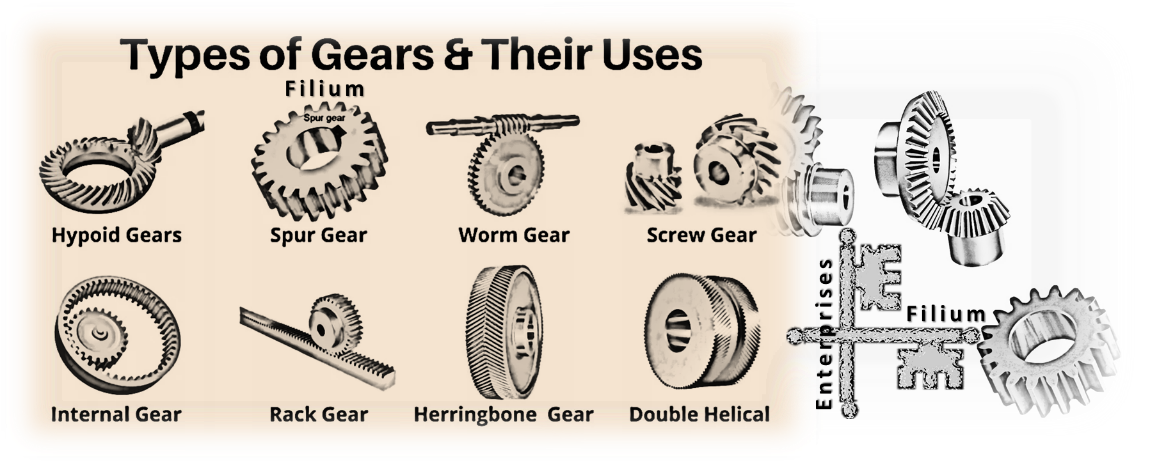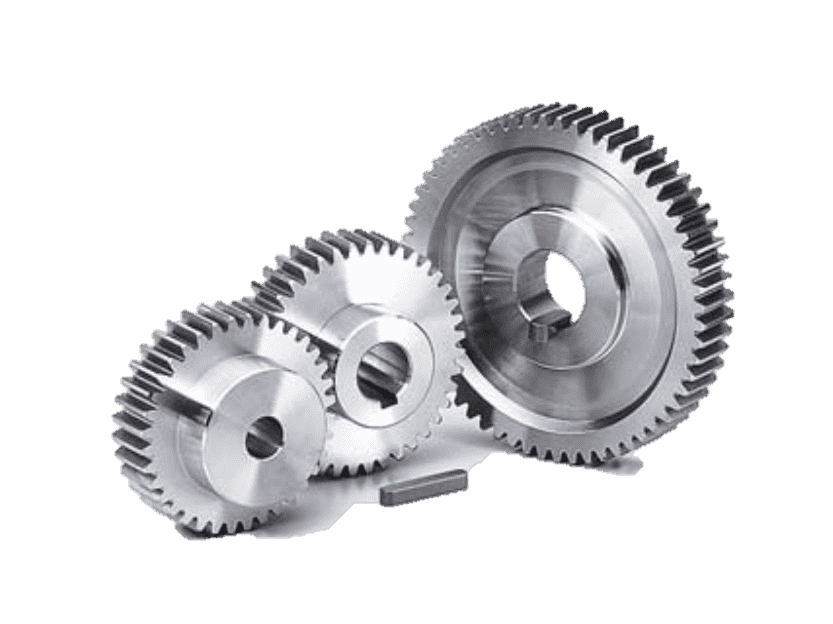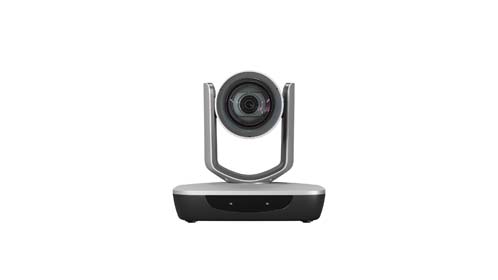Choosing the Right Gearbox for Power Generation Equipment in India

Choosing the Right Gearbox for Power Generation Equipment in India: A Comprehensive Guide
When it comes to power generation, gearboxes play a crucial role in ensuring the smooth operation of various energy systems, whether in wind farms, thermal power plants, or other industrial applications. Selecting the right gearbox for power generation equipment can be a daunting task, particularly in India, where environmental factors, energy demands, and industrial standards require careful consideration. This guide will walk you through the key factors to consider when choosing gearboxes for power generation equipment and provide insights into how to make the best decision for your needs.
Why Gearboxes are Essential for Power Generation
Gearboxes are mechanical devices that transfer energy from a primary mover, such as a turbine or engine, to the power generation system, adjusting speed and torque as necessary. The right gearbox ensures optimal energy conversion and efficiency, making it vital in power generation applications.
Key Applications in Power Generation
- Wind Energy – Gearboxes used in wind turbines are designed to increase the speed of the rotor blades, allowing the generator to produce electricity more efficiently.
- Thermal Power – Gearboxes in thermal plants are often used in conjunction with steam turbines, transferring rotational energy to the power generation system.
- Hydroelectric Power – Similar to wind energy, gearboxes in hydroelectric plants help regulate the speed of turbines to optimize energy production.
Factors to Consider When Choosing a Gearbox
1. Type of Power Generation System
The type of power generation system significantly impacts the selection of a gearbox. Gearboxes used in wind turbines will have different requirements than those used in thermal or hydroelectric power plants. For instance, wind turbines often require high-speed gearboxes to convert the low rotational speeds of the turbine blades into electricity, while thermal power plants use gearboxes to handle the high rotational speeds of steam turbines.
Case Study: Wind Energy in India
India has one of the largest wind energy markets in the world, with over 39 GW of installed wind capacity as of 2024. Wind energy gearboxes need to be highly efficient and durable, as they are often exposed to varying wind speeds and environmental conditions. Suven Energy, an Indian wind energy company, saw a 15% increase in efficiency after switching to high-performance gearboxes specifically designed for wind turbines. This change led to more stable electricity output, especially in regions with fluctuating wind patterns.
2. Gearbox Design
The design of the gearbox will impact its efficiency, lifespan, and compatibility with different power generation systems. Helical, planetary, and bevel gearboxes are commonly used in power generation. Each design offers different advantages depending on the specific requirements of the equipment.
- Helical Gearboxes – Known for their smooth operation and low noise levels, helical gearboxes are often used in thermal power plants.
- Planetary Gearboxes – With their compact design and high torque density, planetary gearboxes are ideal for wind and hydroelectric turbines.
- Bevel Gearboxes – Often used in heavy-duty applications like large steam turbines in thermal power plants, bevel gearboxes offer high power transmission.
Example: Helical Gearboxes in Thermal Power Plants
Bharat Power Corp, an Indian thermal energy company, replaced their older bevel gearboxes with modern helical gearboxes to increase efficiency and reduce maintenance costs. The helical gearboxes operated more smoothly and reduced operational noise, leading to a 20% reduction in downtime and improved energy production.
3. Load and Torque Requirements
Understanding the load and torque requirements of your power generation system is essential when selecting a gearbox. Wind turbines, for example, often experience variable loads, requiring gearboxes that can handle fluctuating torque. Thermal power plants, on the other hand, generally have more consistent load conditions but still require robust gearboxes to handle high torque.
Real-World Application: Torque in Wind Farms
In India’s coastal wind farms, where wind speeds can be unpredictable, companies like Suzlon Energy utilize high-torque planetary gearboxes to withstand varying loads. These gearboxes are designed to handle sudden increases in wind speed without damaging the system, ensuring uninterrupted power generation.
4. Efficiency and Reliability
The efficiency of a gearbox directly affects the overall efficiency of the power generation system. Gearboxes with high efficiency reduce energy loss during transmission, leading to more electricity generation from the same input. Additionally, reliability is crucial in minimizing downtime and maintenance costs.
Industry Insight: Gearbox Efficiency in Wind Power
A study by Gear Technology revealed that improving gearbox efficiency in wind turbines by just 1% can lead to a 4-5% increase in overall energy production. Indian wind farms have adopted this technology to maximize output, leading to significant improvements in energy production and revenue.
5. Durability and Maintenance
Gearboxes in power generation systems are often exposed to harsh conditions, including high temperatures, heavy loads, and environmental stress. It is essential to choose gearboxes that are designed for durability and minimal maintenance.
Example: Low-Maintenance Gearboxes in Hydroelectric Power
National Hydroelectric Power Corporation (NHPC), which manages several hydroelectric projects in India, upgraded its systems to use low-maintenance planetary gearboxes. This upgrade significantly reduced the frequency of gearbox repairs, cutting operational costs by 10% annually.
6. Environmental Factors
The environment in which the power generation equipment operates will affect the gearbox selection. Wind turbines in coastal areas, for example, require corrosion-resistant gearboxes to withstand salty air and high humidity. Thermal power plants in arid regions might require gearboxes designed to withstand extreme heat.
Case Study: Gearboxes in Extreme Environments
In Rajasthan’s desert thermal power plants, Adani Power installed high-heat-resistant gearboxes to handle the high temperatures and dust levels. This decision helped reduce gearbox failure rates by 25%, ensuring consistent power generation even in the harshest conditions.
7. Cost and Return on Investment (ROI)
While the initial cost of a gearbox is a significant factor, it is essential to consider the long-term ROI. Gearboxes with higher efficiency, durability, and reliability may have a higher upfront cost but can lead to substantial savings in terms of maintenance, energy production, and lifespan.
Real-World Example: ROI in Wind Energy Gearboxes
When Inox Wind, a leading Indian wind energy company, invested in premium gearboxes, their initial costs were higher, but within three years, they saw a return on investment due to lower maintenance costs and higher energy production. The improved gearboxes reduced the need for replacements and repairs, resulting in long-term savings.
8. Supplier Reputation and Support
Choosing a reputable supplier with a track record of providing high-quality gearboxes is essential. In India, companies like Filium Enterprises Pvt Ltd have built a reputation for delivering custom-engineered gearboxes designed specifically for the power generation sector.
Story of Success: Filium Enterprises Pvt Ltd
Filium Enterprises worked with Windstream, a local wind energy startup, to design a custom gearbox solution that addressed their unique operational challenges. The custom gearboxes improved their wind turbines efficiency and minimized downtime, enabling the company to scale rapidly and compete with larger players in the Indian wind energy market.
9. Compliance with Industry Standards
In India, power generation equipment must comply with specific industry standards, including those set by the Central Electricity Authority (CEA) and the Bureau of Indian Standards (BIS). Ensure that the gearbox you select meets all necessary certifications to avoid legal and operational challenges.
Example: Industry Compliance
When Tata Power expanded its thermal power operations, it ensured that all its new gearboxes complied with BIS standards. This compliance guaranteed uninterrupted operations, as the gearboxes met regulatory requirements, preventing delays in project approvals.
10. Customization Options
Not all gearboxes are one-size-fits-all. Many power generation systems benefit from custom-engineered gearboxes tailored to their specific operational needs. Companies like Filium Enterprises Pvt Ltd provide customized gearbox solutions designed in India and manufactured in Asia and the U.S., ensuring that the gearboxes meet both local and international quality standards.
Custom Solutions from Filium Enterprises Pvt Ltd
Kiran Hydro Energy, a small hydroelectric power company in India, faced challenges with standard gearboxes that couldn’t handle the specific torque and load requirements of their turbines. By working with Filium Enterprises, they were able to design a custom gearbox solution that improved the efficiency of their turbines by 18%, leading to increased energy production and reduced operational costs.
Conclusion: The Importance of Choosing the Right Gearbox
Selecting the right gearbox for power generation equipment in India requires careful consideration of factors such as efficiency, durability, environmental conditions, and compliance with industry standards. By understanding the specific needs of your power generation system—whether wind, thermal, or hydroelectric—you can choose a gearbox that maximizes efficiency, minimizes downtime, and ensures reliable power generation.
Filium Enterprises Pvt Ltd, with its expertise in custom-engineered gearboxes, stands out as an industry leader in India, offering tailored solutions designed to meet the unique challenges of power generation. Whether you need a high-torque planetary gearbox for a wind farm or a low-maintenance helical gearbox for a thermal power plant, Filium’s local engineering expertise and global manufacturing capabilities can help you achieve your energy production goals.
For expert advice and custom gearbox solutions, contact Filium Enterprises Pvt Ltd today and ensure your power generation system is equipped with the best technology for optimal performance.
Related Products
When selecting gearboxes for power generation equipment, it is essential to consider specific factors tailored to the type of application—whether for wind energy, thermal power, or hydroelectric plants. Below are five critical points to consider for each category when choosing a gearbox, along with explanations for each.
1. Wind Energy Gearboxes:
Wind turbines rely on gearboxes to convert low-speed rotational energy from the turbine blades into high-speed rotational energy needed to generate electricity efficiently. Key points to consider are:
High Torque Capacity: Wind turbines operate under variable wind speeds and fluctuating loads. A gearbox designed to handle high torque while maintaining efficiency is essential. Planetary gearboxes are often preferred due to their high torque density and compact size.
Example: Suzlon Energy, one of India’s leading wind energy companies, achieved a 15% increase in efficiency by selecting gearboxes with optimized torque capacity.
Low Noise and Vibration: Wind farms are often located near residential areas or environmental zones. Noise reduction is crucial for community acceptance and to comply with noise pollution regulations. Helical or planetary gearboxes, known for their low noise operation, are ideal.
Durability and Corrosion Resistance: Wind turbines, particularly offshore, are exposed to harsh weather conditions like salty air and high humidity. Gearboxes should be corrosion-resistant and built with robust materials to withstand these elements.
Efficiency at Low Speeds: Wind speeds can vary greatly, so gearboxes must be efficient even at low speeds to ensure continuous power generation. Wind turbines need gearboxes that perform well even when wind speeds fluctuate.
Minimal Maintenance: Wind turbines are often in remote or hard-to-access areas, such as offshore locations. A low-maintenance gearbox design is crucial to avoid frequent repairs and costly downtime.
2. Thermal Power Plant Gearboxes:
Thermal power plants use steam turbines that generate high rotational speeds. Gearboxes must handle these speeds while ensuring smooth operation under heavy loads. Key factors for thermal power gearboxes include:
High-Speed Capacity: Steam turbines in thermal plants require gearboxes that can handle high rotational speeds. Gearboxes should convert this energy effectively while maintaining stability.
Robust Materials: Gearboxes used in thermal plants should be designed with heat-resistant materials, as they operate in environments where extreme temperatures and high pressures are common.
Long Lifespan: Thermal power plants operate continuously, so gearboxes need to be built for long service life to minimize replacements. The gearbox must be designed to endure heavy workloads over long periods without breakdowns.
Low Noise and Heat Generation: Gearboxes must operate quietly to avoid creating excessive noise pollution and should minimize heat generation to ensure the system operates within safe temperature limits.
Compliance with Industry Standards: In India, thermal power plants must adhere to regulations from bodies such as the Central Electricity Authority (CEA) and the Bureau of Indian Standards (BIS). Gearboxes must be certified and compliant with all required industry standards.
3. Hydroelectric Power Gearboxes:
Hydroelectric power plants rely on water flow to drive turbines. The right gearbox for this type of plant must account for the unique challenges of water-based systems. Key factors include:
High Efficiency at Low Speeds: Water flow in hydroelectric plants can be slower than wind or thermal turbines, so gearboxes must perform efficiently at lower speeds while still generating sufficient torque.
High Load-Bearing Capacity: Hydroelectric turbines generate a lot of force, particularly during periods of high water flow. Gearboxes need to handle these high loads without experiencing wear or damage over time.
Corrosion Resistance: Gearboxes in hydroelectric plants are often exposed to water and humidity. A robust corrosion-resistant design is essential for preventing rust and degradation in these environments.
Shock and Vibration Resistance: The fluctuating water flow can cause irregular forces on the turbine and gearbox, leading to potential damage if the system is not shock- and vibration-resistant.
Minimal Downtime for Maintenance: Like wind turbines, many hydroelectric plants are located in remote areas. Gearboxes should be designed to minimize the need for frequent maintenance, which can be costly and difficult to conduct in these locations.
4. Solar Power Gearboxes:
Though solar power generation primarily relies on photovoltaic panels, solar thermal power plants use gearboxes to optimize the movement of mirrors or panels to track the sun. Key points for gearboxes in this sector include:
Precision Movement: Solar tracking systems require gearboxes that allow precise, small movements to ensure that solar mirrors or panels are always optimally positioned to capture sunlight.
Energy Efficiency: Gearboxes used in solar thermal plants should minimize energy loss to ensure the system remains as efficient as possible in converting solar energy to electricity.
Durability in Harsh Environments: Solar power installations are often located in desert or arid areas, so gearboxes must withstand extreme temperatures and exposure to dust and sand.
Low Maintenance Requirements: Solar tracking systems can involve hundreds or thousands of individual panels or mirrors, so gearboxes must require minimal maintenance to reduce operational costs.
Long-Term Reliability: Solar power plants are designed for long-term operation, so gearboxes must be able to maintain their performance over decades of use without frequent replacements.
5. General Industrial Gearboxes for Power Generation:
In addition to specific types of power plants, general industrial applications often require gearboxes for auxiliary systems like fuel pumps or cooling fans in power plants. Consider the following:
Versatility Across Applications: General industrial gearboxes should be adaptable to a wide variety of equipment and operational needs in power plants, from fuel pumps to cooling systems.
High Efficiency: Like other gearboxes in power generation, general industrial gearboxes should minimize energy loss to contribute to the overall efficiency of the power plant.
Noise and Vibration Control: Gearboxes in industrial settings must operate quietly to avoid noise pollution and potential damage from excessive vibration.
Compact Design: Many industrial power generation systems are constrained by space, so gearboxes with compact designs are often preferred.
Easy Maintenance Access: General industrial gearboxes should be designed for easy access to simplify maintenance tasks and minimize operational disruptions.
Conclusion: Gearbox Selection Tailored to Power Generation Needs
Selecting the right gearbox for power generation equipment, whether for wind, thermal, hydroelectric, or general industrial applications, requires careful consideration of the unique needs of each sector. Factors such as torque capacity, efficiency, durability, and compliance with industry standards all play a role in ensuring optimal performance and longevity.
Filium Enterprises Pvt Ltd is a trusted leader in providing custom-engineered gearbox solutions for power generation in India. Whether you are operating wind turbines on the western coast, hydroelectric turbines in the Himalayas, or thermal plants in the central plains, Filium Enterprises offers tailored gearbox solutions designed to meet the demands of India’s growing energy needs.


